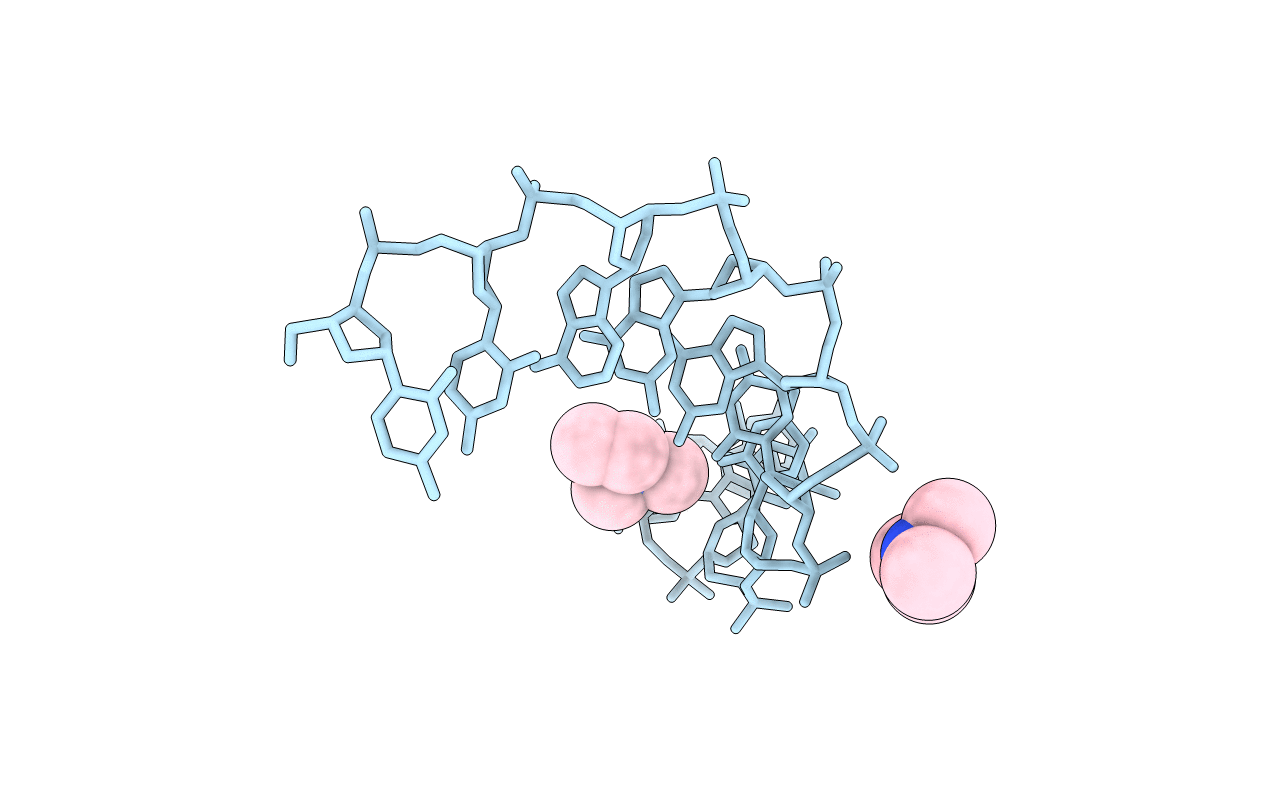
Deposition Date
1989-08-16
Release Date
1990-01-15
Last Version Date
2024-02-07
Entry Detail
Biological Source:
Source Organism:
Method Details:
Experimental Method:
Resolution:
1.60 Å
R-Value Observed:
0.16
Space Group:
C 1 2 1


